Also known as: Pinot Nero, Spätburgunder, Blauburgunder
Table of Contents
Primary Flavors
- Raspberry
- Cherry
- Mushroom
- Vanilla
- Hibiscus
Taste Profile
At first glance, most Pinot Noir wines are pale to medium in color due to their thin skins. Pinot Noir has a unique profile dominated by aroma compounds known as esters. These give it a complex array of flavors, from ripe cherry and raspberry to intriguing undertones of forest floor, tea leaves, and sometimes even clove.
On the nose, Pinot Noir is all about the symphony of red fruits. Yet, it also unveils layers of earthiness, spice, and, when oak-aged, gentle wafts of vanilla and smoke. As it ages, you might catch hints of mushroom and leather.
On the palate, Pinot Noir is usually light to medium-bodied, with lower tannins (thanks to those thinner skins) and high acidity, making it a wine of grace and subtlety. The alcohol levels tend to be moderate, usually around 12-14%, contributing to its silky and elegant mouthfeel.
How to Serve Pinot Noir Wine
Pinot Noir is best savored slightly cooler than room temperature, ideally between 55-60°F (12-15°C). This balance accentuates the aromatic profile while keeping the alcohol from overwhelming the senses.
An aroma collector wine glass, with its wide bowl and narrower rim, is perfect for Pinot Noir. It allows the wine to breathe and funnels the nuanced aromas straight to your nose. Most Pinot Noirs will benefit from about 30 minutes of decanting to fully reveal their aromatic spectrum.
With age, Pinot Noir develops rich, earthy notes and a complexity akin to a damp forest floor. Most bottles will evolve gracefully over 5-10 years, while top-tier Pinot Noirs can continue to mature and thrill the palate for up to 20 years.
SERVE
55–60°F / 12-15°C
GLASS TYPE
Aroma Collector
DECANT
30 minutes
CELLAR
10+ Years

Pinot Noir Food Pairing
Pinot Noir is a catch-all food pairing wine. Pinot Noir is light enough for salmon but complex enough to hold up to some richer meat, including duck. In a pinch, when everyone orders a vastly different entree at a restaurant, you can usually win by picking Pinot Noir; it will make everyone happy.
Duck is a classic dish to pair with Pinot Noir. The acidity in Pinot will cut through the fat and gamey flavors of duck. If you spice the duck, it will bring out all the nuanced flavors in Pinot Noir.
Any time you can have an earthy, fatty dish using mushrooms it will always highlight the fruitiness of Pinot Noir. This dish is especially good with Old World-style Pinot Noir.

5 Fun Facts About Pinot Noir
- Pinot Noir is over 1,000 years older than Cabernet Sauvignon, tracing its roots back to the Roman era.
- Pinot Blanc and Pinot Gris are both color mutations of Pinot Noir.
- It’s susceptible to a variety of diseases, making it difficult to grow. Growers often refer to it as the “Heartbreak Grape.”
- Pinot Noir grape has over 1,000 registered clones, a testament to its genetic instability and constant evolution.
- The Pinot Noir name derives from the French words for “pine” and “black,” referring to the grape’s tightly clustered, pine-cone-shaped bunches.

Where it Grows
Pinot Noir is the 6th most planted red grape variety on the planet. It also tends to prefer more intermediate climates with long, cool growing seasons. For this reason, you’ll often find Pinot Noir growing in protected valleys or near large bodies of water.
Pinot Noir is very fickle and can have quite a range of flavors depending on the vintage and where it’s grown. So, instead of generalizing, here are some tips for the differences between the major Pinot Noir production areas below.
- France: 78,090 acres (31,602 hectares)
- USA: 56,829 acres (22,998 hectares)
- Germany: 27,636 acres (11,184 hectares)
- New Zealand: 13,625 acres (5,514 hectares)
- Italy: 12,496 acres (5,057 hectares)
- Australia: 11,875 acres (4,806 hectares)
Total Vineyard Area – 260,647 acres (105,480 hectares) (Source: University of Adelaide, 2021)
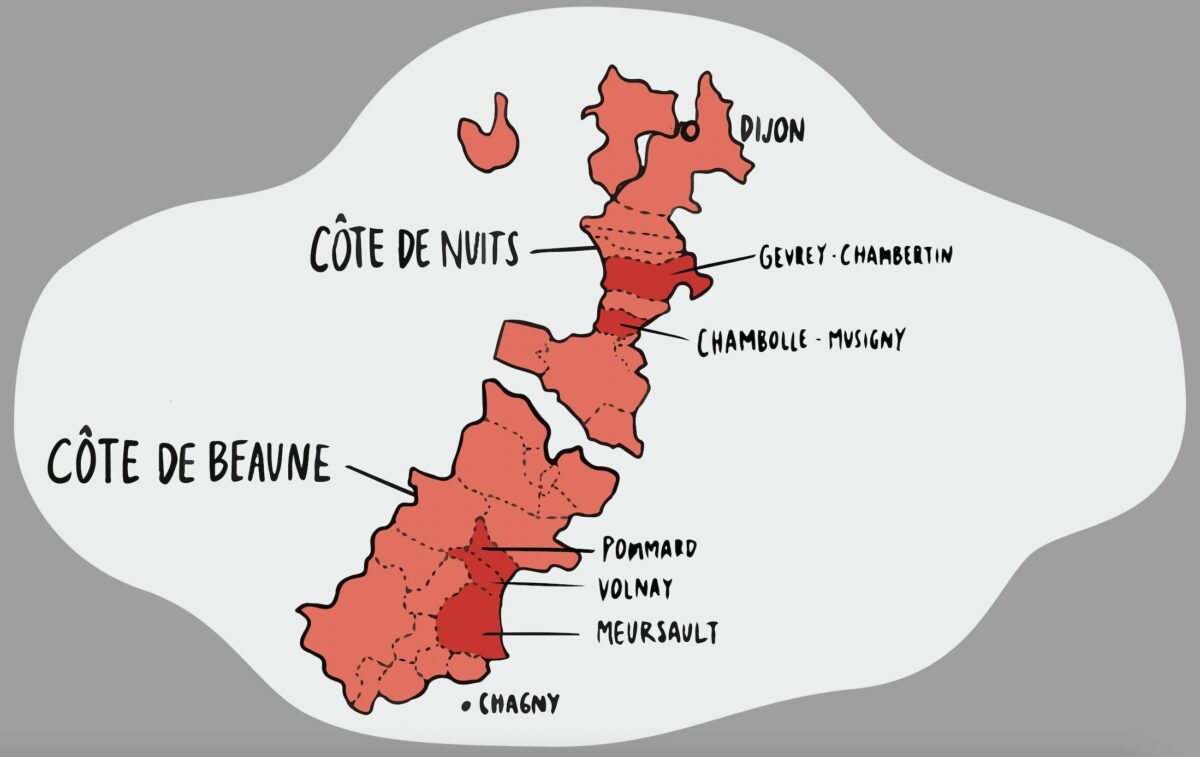
Burgundy, France
What to expect: When tasting Burgundian Pinot Noir, you may note its more earthy and floral style; this is part of Burgundy’s terroir.
The world’s most coveted Pinot Noir vines grow on a narrow, east-facing slope just South of Dijon. Burgundy is a very old wine region and was first tended by Cistercian monks in the Middle Ages. Here are some top villages and what to expect.
Gevrey-Chambertin: Nestled in the Côte de Nuits, Gevrey-Chambertin is celebrated for its robust and structured Pinot Noir, influenced by the limestone-rich soils. Expect complex flavors of dark cherry, black currant, and a signature earthiness. Aging in oak barrels contributes layers of spice and can add a hint of smoke.
Chambolle-Musigny: Also located in the Côte de Nuits, Chambolle-Musigny is renowned for its elegant and aromatic Pinot Noir. The soils here comprise limestone and clay, favoring wines with a charming blend of finesse and power.
Pommard: Situated in the Côte de Beaune, Pommard is recognized for its full-bodied and tannic Pinot Noir, distinct from its more delicate neighbors. The vineyards’ clay and iron-rich soil bestow a profound intensity to the wines. Expect robust flavors of black cherry, plum, and an earthy complexity. The use of oak in aging imparts a characteristic note of spice and sometimes a touch of cocoa or coffee.
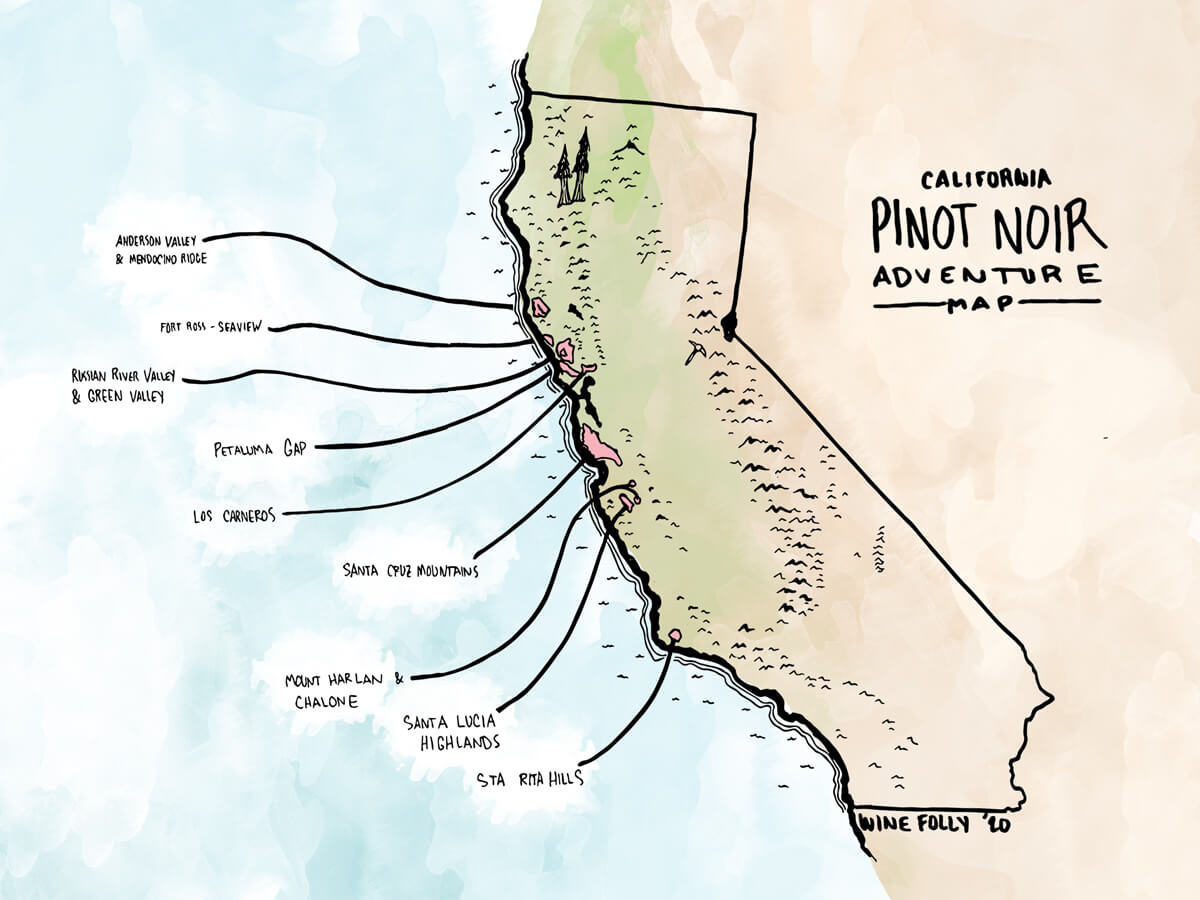
USA
What to expect: The USA has Pinot Noir growing everywhere, but look to the cooler regions — think the Pacific Coast and northern areas — to find some of the best stuff. US Pinot Noir tends to be more fruit-forward and lush than Old World examples.
California: A giant leap in flavor and intensity from the Pinot Noir in France and Germany, California Pinot Noirs are bigger, lush, and more fruit-forward thanks to the extra sunshine and heat. Look for flavors ranging from sweet black cherry to black raspberry and secondary aromas of vanilla, clove, coca-cola, and caramel. Check out Carneros in Napa Valley for great examples.
Oregon: Oregon Pinot Noir is usually a few steps lighter in color and texture than California Pinot Noir, and it’s usually more tart. Expect cranberry, bing cherry fruit flavors with secondary aromas of truffle mushrooms and sometimes even a green dandelion stem flavor. Oregon Pinots are often the closest in style to Burgundy Pinot Noir.

Germany
What to expect: German Pinot Noir, aka Spätburgunder, is very similar in style to Burgundian Pinot — a mixture of fresh red cherries and savory notes. They can also offer some great value when compared to their French counterparts. Check out these regions:
Baden: Baden is the southernmost wine region in Germany, and it’s also the warmest, creating wines that are often full-bodied, ripe, and complex. Expect baked cherry flavors, smooth tannins, but refreshing acidity.
Ahr: Despite its small size and northerly location, Ahr is known for its high-quality Pinot Noir. The region’s steep vineyards and slate soils create a unique microclimate conducive to Pinot Noir, producing often elegant and structured wines. Alcohol and body levels are higher here, but there’s an elegance and freshness, too.
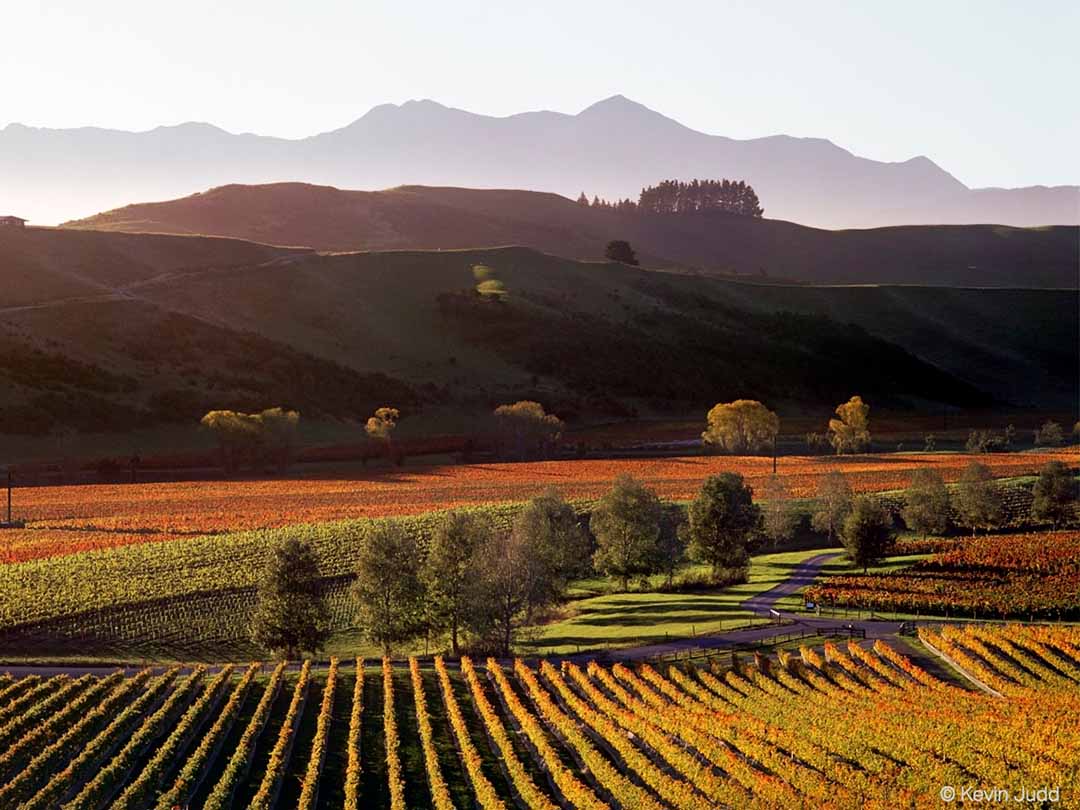
New Zealand
What to expect: When tasting New Zealand Pinot Noir, expect a vibrant fruit-forward style with characteristic earthiness, marked by the influence of the country’s unique terroir.
New Zealand’s most prestigious Pinot Noir vineyards are scattered across the country’s two islands, where the temperate maritime climate, long sunshine hours, and diverse soil profiles create ideal conditions for this varietal. Here are some of the top regions and what to expect.
Central Otago: Situated in the southern part of the South Island, Central Otago is celebrated for its rich and robust Pinot Noir, which benefits from the dramatic diurnal temperature swings. Expect vibrant flavors of red and dark berries, wild thyme, and a distinct minerality, often with good tannic structure.
Marlborough: Located in the northeastern part of the South Island, Marlborough is best known for its Sauvignon Blanc. However, its Pinot Noir, particularly from the Southern Valleys, has been gaining a reputation for its concentration and structure. Expect bright flavors of red cherries, plums, and a touch of earthy spice.
Martinborough: Nestled at the southern end of the North Island, Martinborough’s small-scale vineyards produce top-quality Pinot Noir. Its climate, marked by cool, windy conditions, produces wines with a balance of elegance and power. Expect complex flavors of dark cherry, plum, and a notable savory undertone.
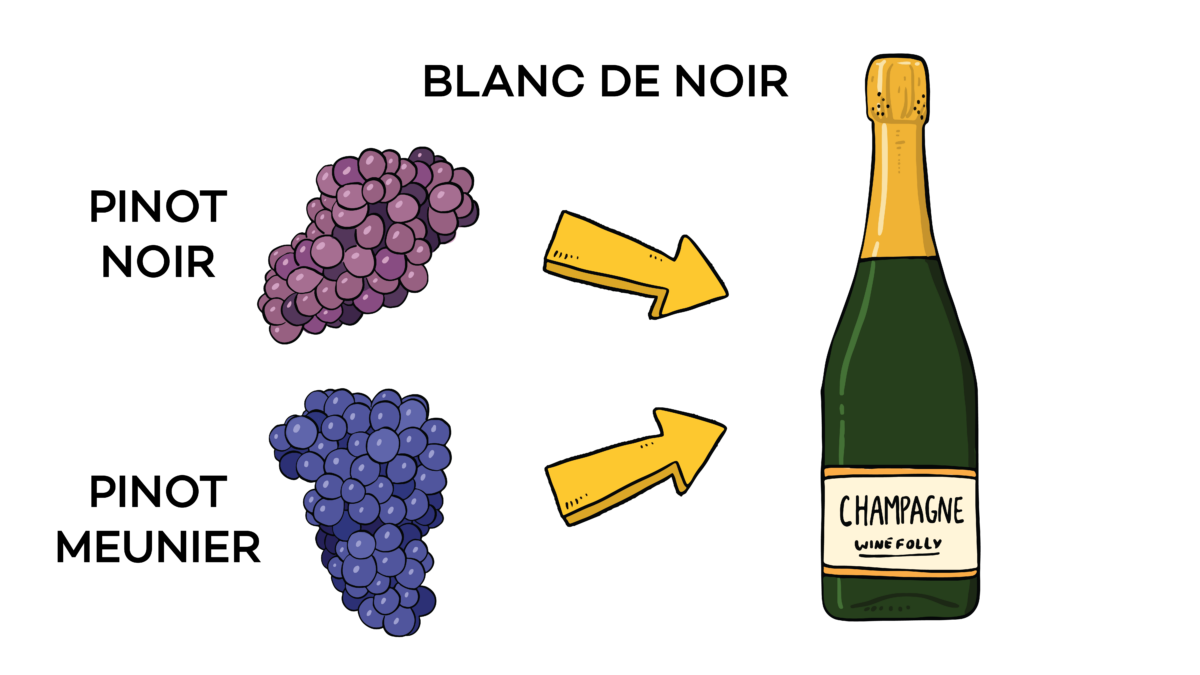
In-Depth Knowledge
Take a deep dive into understanding the complex nature of Pinot Noir.
Sparkling Backbone
Pinot Noir is the unsung hero in the prestigious world of sparkling wine, particularly Champagne. As one of the triumvirate of grapes in traditional Champagne, alongside Chardonnay and Pinot Meunier, it’s the muscular backbone providing structure and depth. However, it isn’t just brute force. Pinot Noir contributes a complex array of red fruit characteristics, intermingling notes of strawberry and raspberry that weave through the sparkling wine’s tapestry. Additionally, it augments Champagne’s potential for aging, allowing the wine to mature and evolve complex secondary and tertiary aromas over time. Look for Blanc de Noirs Champagne to really taste Pinot’s influence.
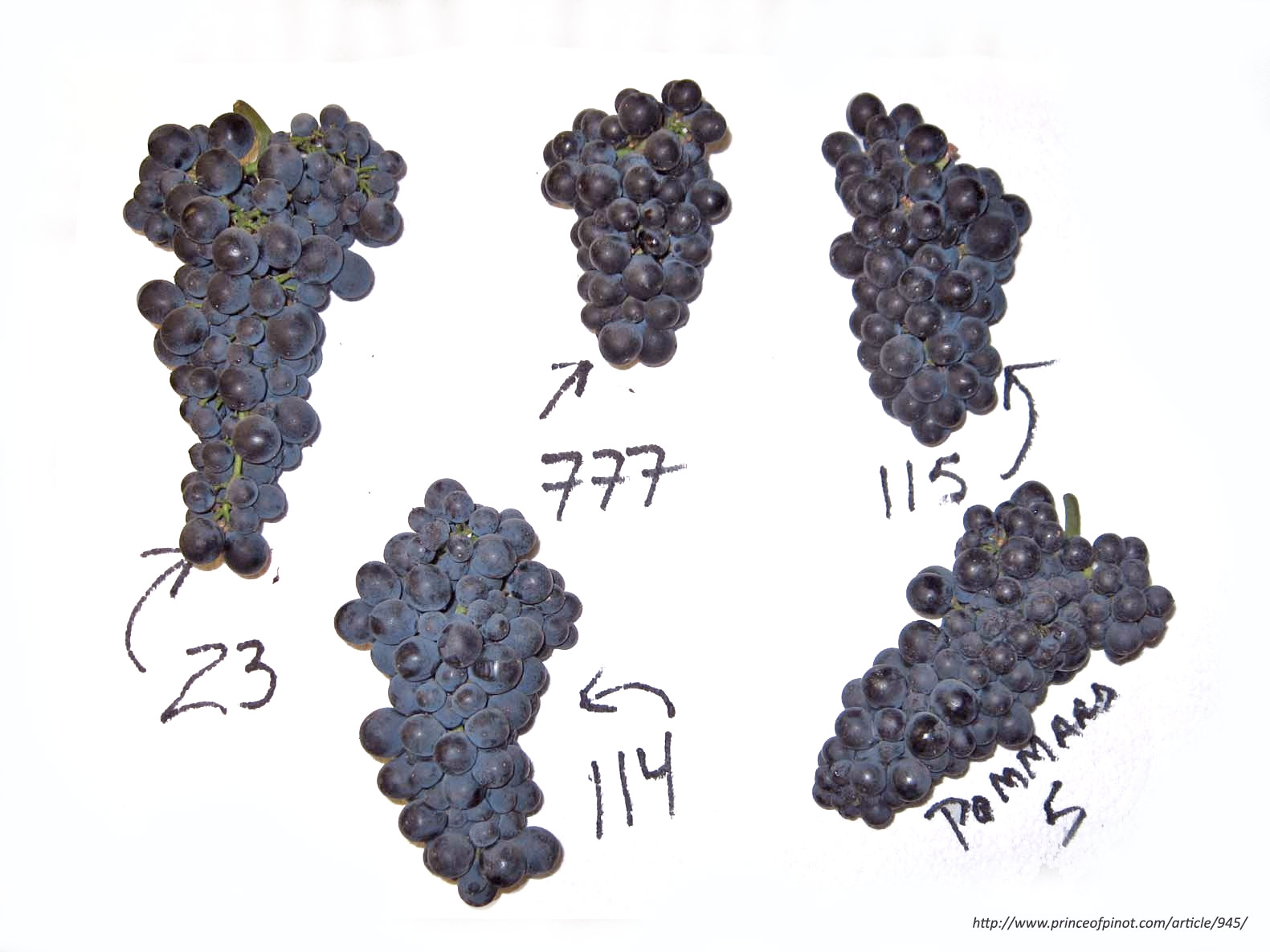
Clone Wars
Venture into Pinot Noir genetics, and you’ll find yourself in a kaleidoscope of clones. Thanks to its inherent genetic instability, Pinot Noir has birthed a dizzying number of clones, each variant capturing a different expression of the grape’s persona. It’s a viticultural cornucopia, with over 1000 identified clones that present an extensive array of attributes to explore. This genetic capriciousness extends further with mutations such as Pinot Gris and Pinot Blanc. These grapes are essentially Pinot Noir in disguise, color mutations that have ventured down their own viticultural paths but link back to the Pinot Noir family tree.

Old Timer
Plunge into the history books and Pinot Noir appears as one of the most ancient grape varieties, its roots entwining with the beginnings of viticulture itself. This vinous veteran, originating from Burgundy, has spread its vines across the globe, but not without challenges. Its propensity for early budding, coupled with thin skins, makes it a capricious cultivar that demands constant attention and care. Yet, it’s the grape’s idiosyncrasies that endear it to winemakers. Its transparent expression of terroir, a trait unrivaled in the wine world, has the power to transform the humble grape juice into wines of astounding complexity and sublime elegance. Pinot Noir’s history and future lie in this paradox, a grape variety that continually tests the limits of winemakers while offering unparalleled rewards.